It’s officially August, which means a new school year is just around the corner! Classes in the U.S. usually start at the beginning of September, but that’s not the norm for many schools worldwide.
And that’s not the only difference! Education systems and customs vary from country to country, each with its own curriculum, daily schedule, and classroom etiquette.
So, what does school look like around the world? Keep reading — the differences may surprise you!
Honduras
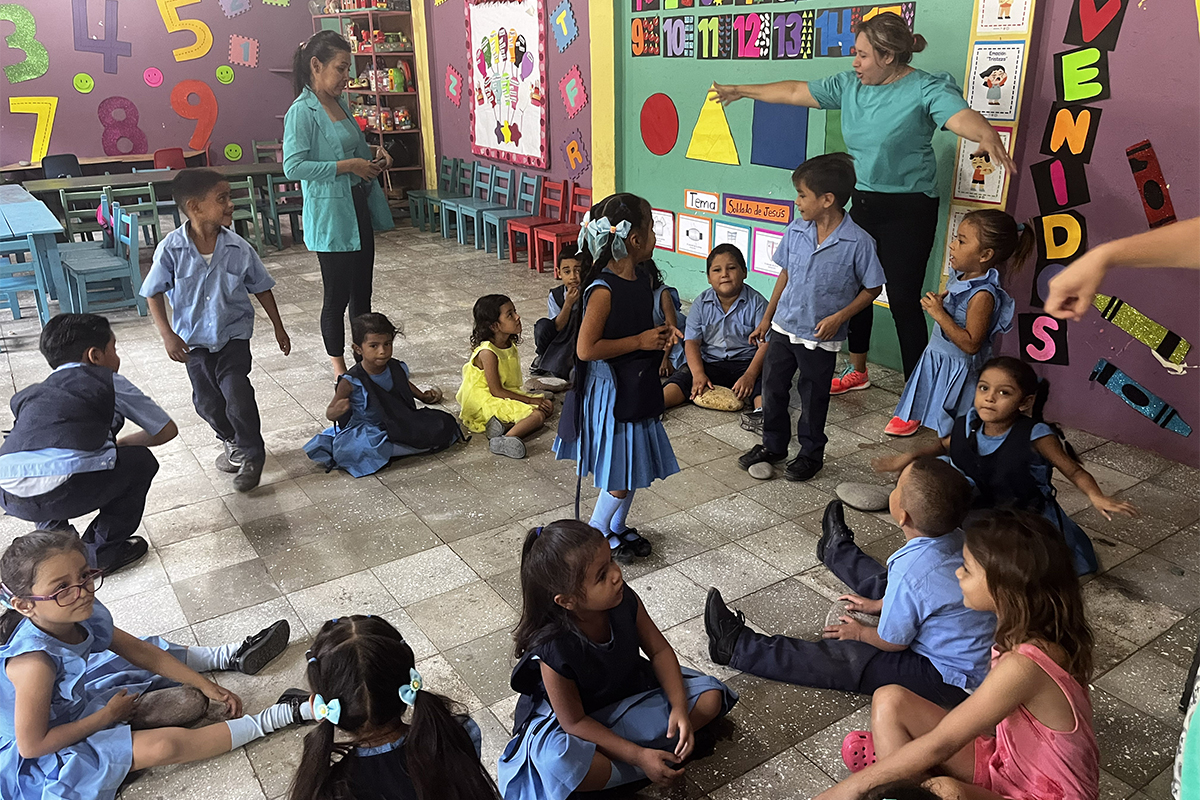
Children in Honduras enjoy different learning activities in their classroom
Back-to-school season is about to begin in the U.S., but did you know that children in Honduras have been attending school since February? That’s because the warmest season doesn’t begin until November, which marks the start of summer vacation for the children. Imagine celebrating Christmas during summer vacation!
On a typical day, classes might begin around 7 a.m. and end at about 2 p.m. Every school runs on a slightly different schedule, but it’s not uncommon for students to have a 40-minute lunch break and a 20-minute recess. Was your school notorious for its cafeteria food? Well, students in Honduras have likely never heard the concept — most of them bring lunches from home. Yum!
India
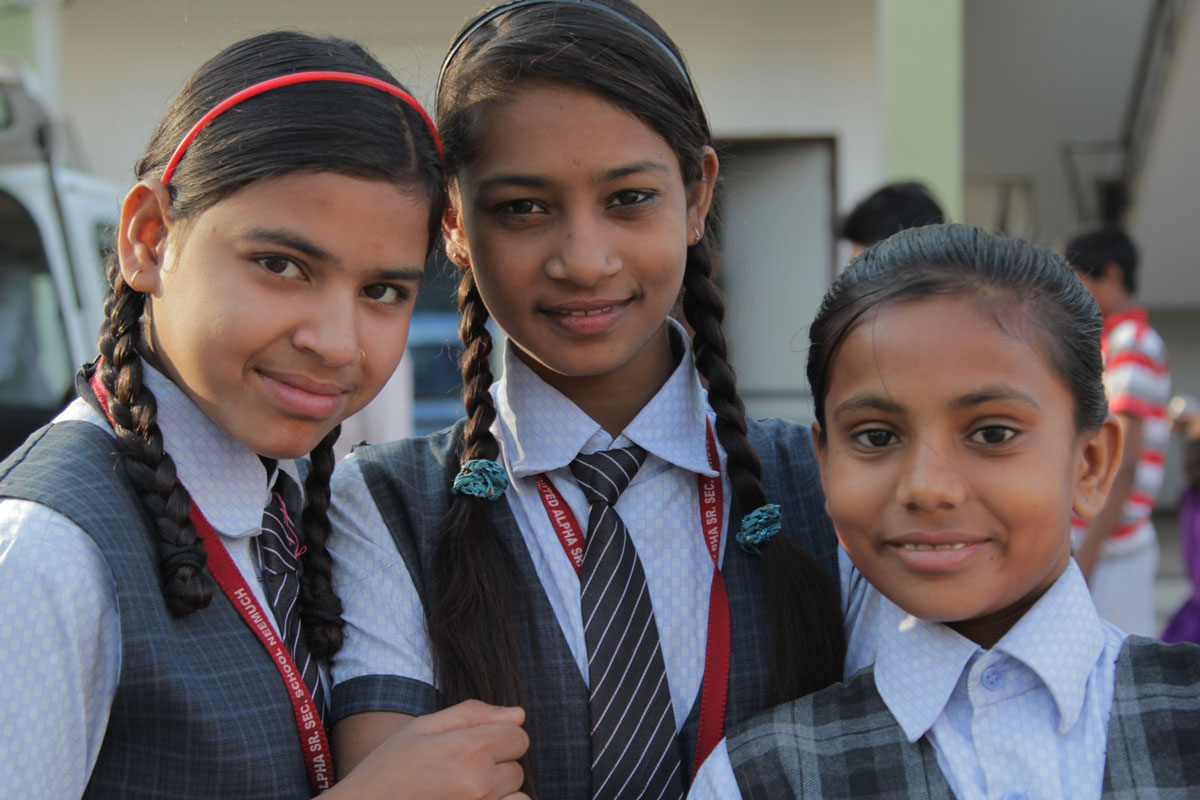
Students in India don’t get much free time between classes
Were you the type of student who loved to ask questions in class, or were you accustomed to keeping quiet in the back row? Maybe you had a teacher in school that valued class participation so much that it was a part of your final grade. In India, that wouldn’t be nearly as common! Children are taught to respect their teachers at a young age. Because interrupting lectures with questions is seen as disrespectful, they are often discouraged from asking them during class.
Students in India also don’t receive as many breaks or recesses as children in other countries. Instead, they spend most of their day sitting in different classes. For younger students, this means core classes like math, English, and science and technology. Older students sharpen their vocational skills with job-related courses.
Jordan
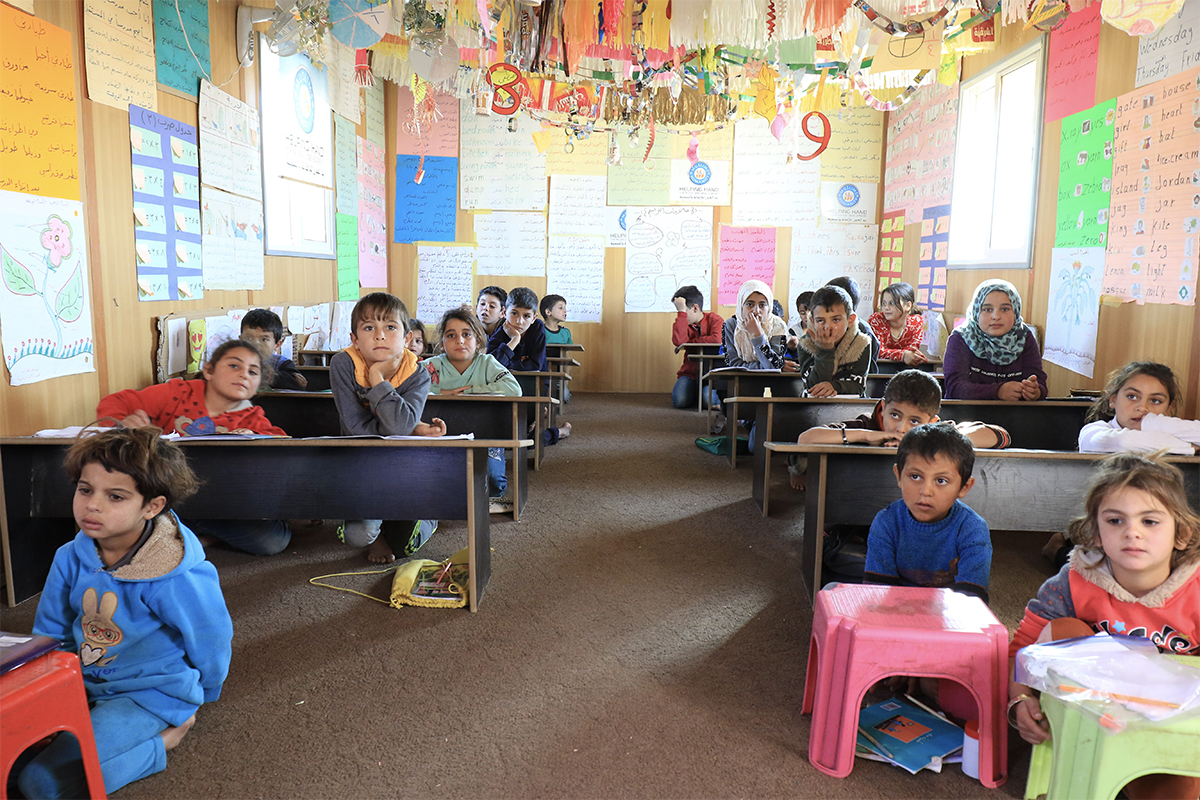
Young students in Jordan take classes that prepare for them for the future
Most classes in Jordan are taught in the country’s official language, Arabic. Students participate in familiar subjects like science, math, social science, and English. They also often take part in religious studies.
But here’s the major difference. Education in Jordan is split into two years of preschool, 10 years of primary education, and two years of secondary academic or vocational training. That means when students turn 16, they can either leave school to pursue their desired career or continue their education.
Thailand
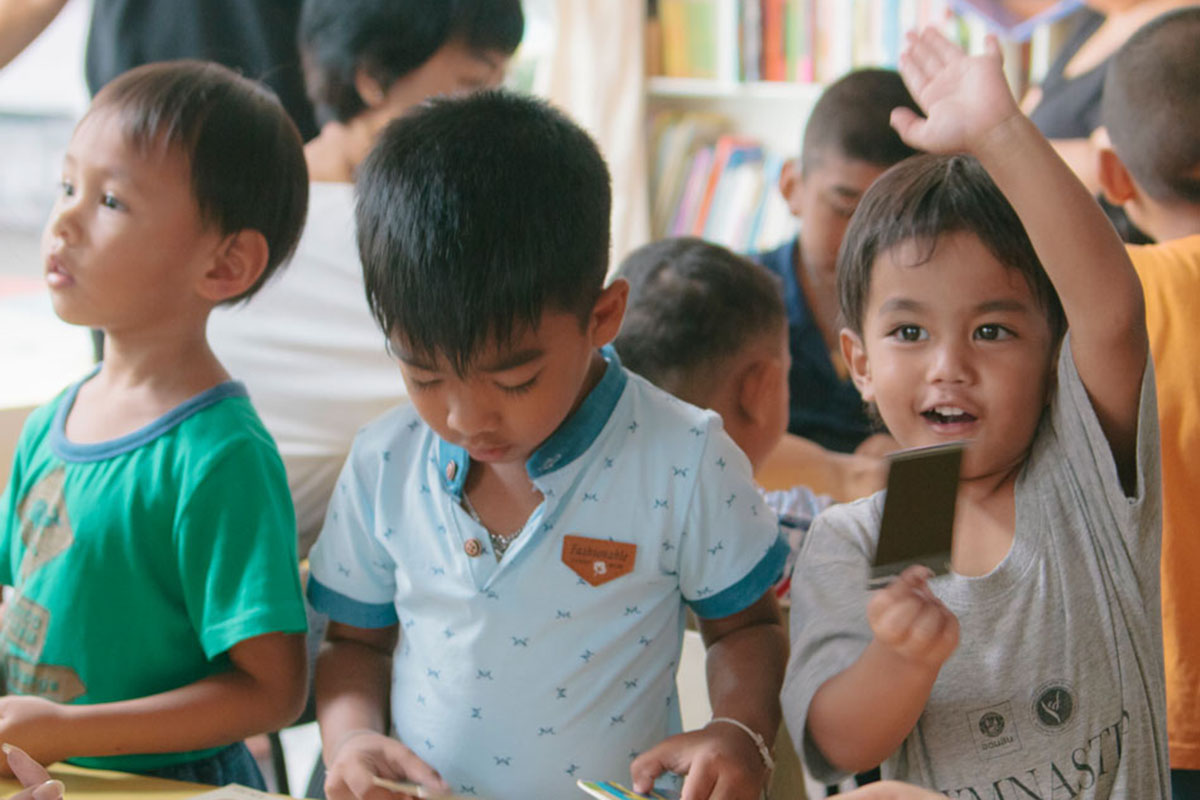
Students in Thailand are taught to highly respect their teachers
School in Thailand is structurally similar to school in the U.S. Students begin school with three years of kindergarten — commonly called Anuban. After that, they complete six years of elementary school, three years of lower secondary school, and finally, three years of upper secondary school. For Thai students, upper secondary school is optional.
The schedule, however, is a little different. Thai students’ school year begins in May and lasts until March of the following year. Students typically wear uniforms, even in higher education. Education is highly valued in Thailand, so having respect for teachers is as important here as it is in India.
Uganda
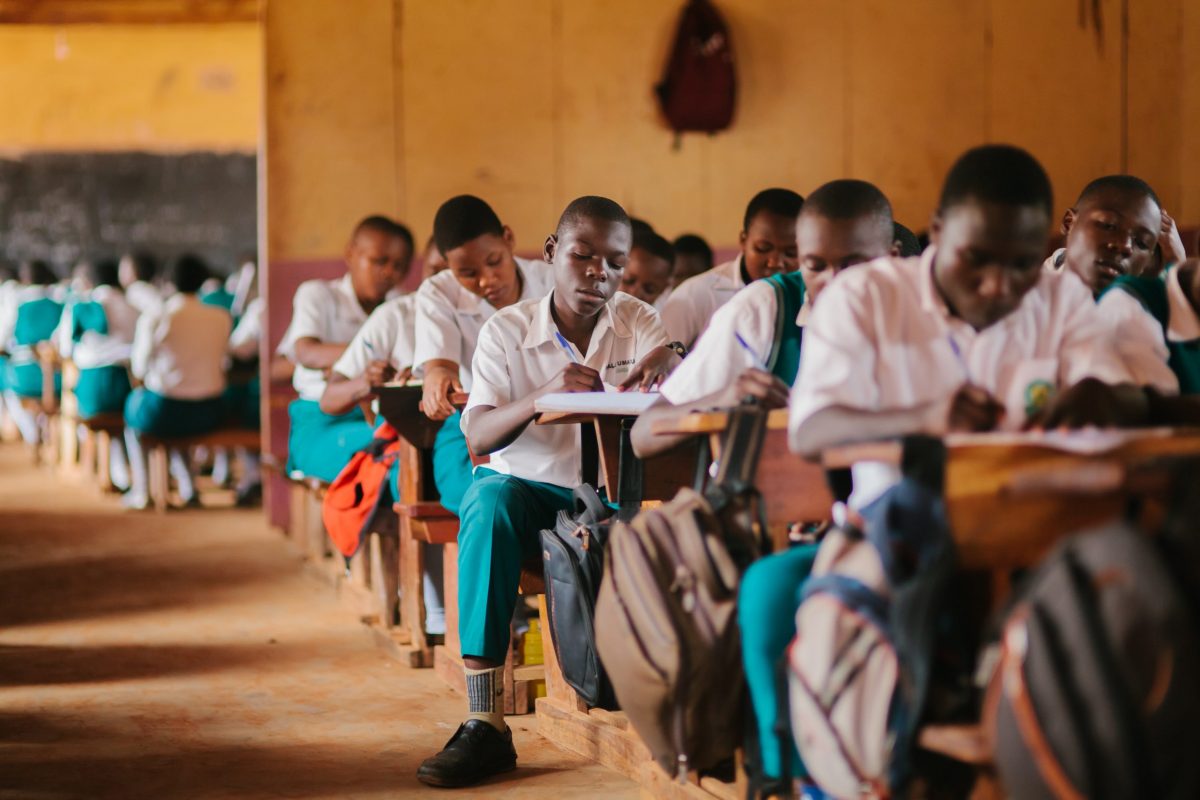
Older students in Uganda can choose whether to continue schooling or seek vocational training
Uganda’s current school system has been in place since the 1960s and hasn’t changed much since then. Children go to primary school for seven years and then choose whether to continue to secondary school or enroll in a technical school.
Regardless of their path, Uganda prides itself on an educational system that allows students to freely choose their career goals and work toward them.
For students living at boarding schools, the school day usually begins around 7:30 a.m. It includes a tea and porridge break in the morning and a lunch break in the early afternoon. Though classes normally end around 4 p.m., Ugandan students may attend tutoring sessions or additional classes in the evening.
The Impact of Education

Children will reap the benefits of education for the rest of their lives
No matter where children live, education has a lifelong impact on their future. Without an education, many job opportunities will be out of reach and trap them in the cycle of poverty. But the harsh reality is that countless children worldwide can’t attend school for various reasons. Some must enter the workforce early, while others simply can’t afford the school fees.
In fact, did you know that only 30% of all Honduran children will reach high school? That’s because most students drop out to support their families.
And though India has the largest education system in the world, 29% of students never finish elementary school. Most of them come from impoverished areas.
In Uganda, expensive tuition fees often keep impoverished children out of school. In Thailand, children who don’t have access to education may be forced to enter the sex industry when they grow up.
The value of education can’t be overstated. But sadly, without help, many children will slip through the cracks.
What You Can Do
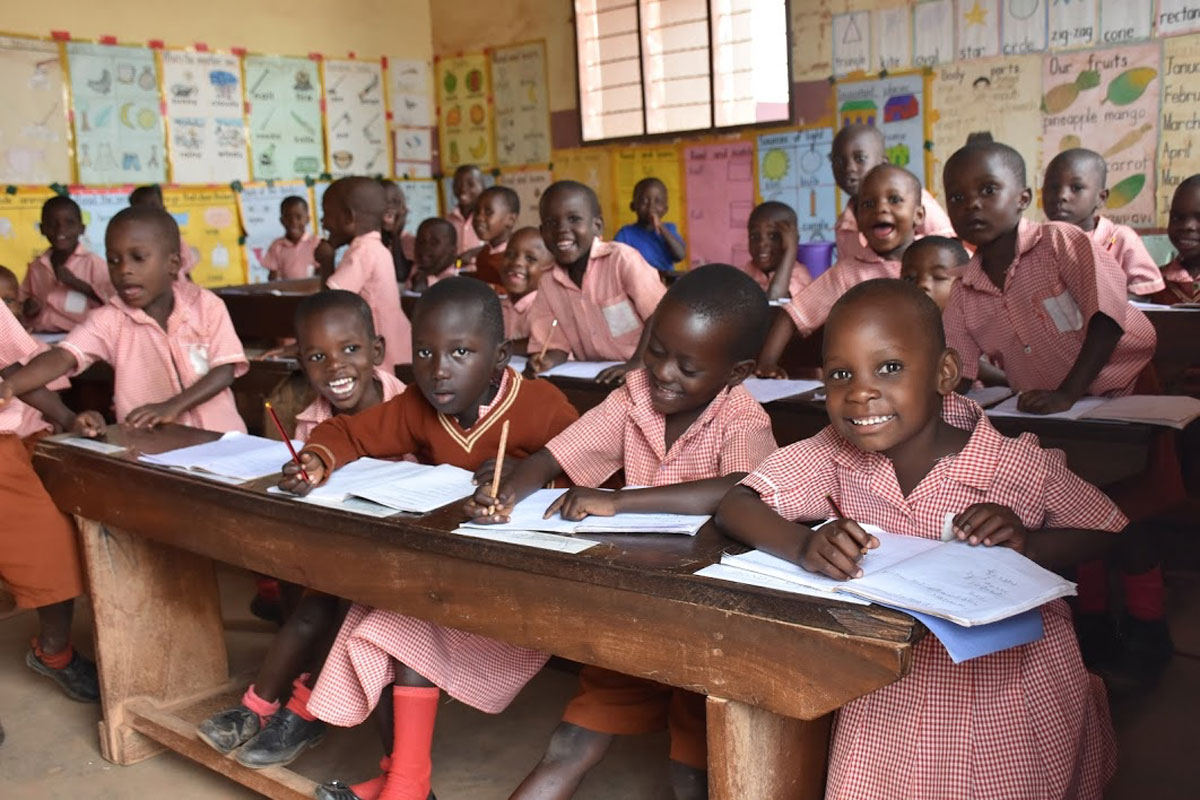
When you sponsor a child, you invest in their future!
This reality may look grim, but you can be a light for a child living in poverty. Through World Help’s child sponsorship program, you’ll give a child essentials like valuable educational opportunities that will allow them to pursue a bright future. Your monthly donation will also provide other necessities like healthy meals, clean water, and medical care.
Through child sponsorship, you will give a child a chance to learn and follow their dreams. Your support will be life-changing for children who couldn’t attend school without help. Through sponsorship, you’ll also ensure a child in need has the chance to learn about the love of Jesus Christ.
Already a sponsor? To celebrate the back-to-school season, write a letter to your sponsored child and ask them what they’re looking forward to this school year!




